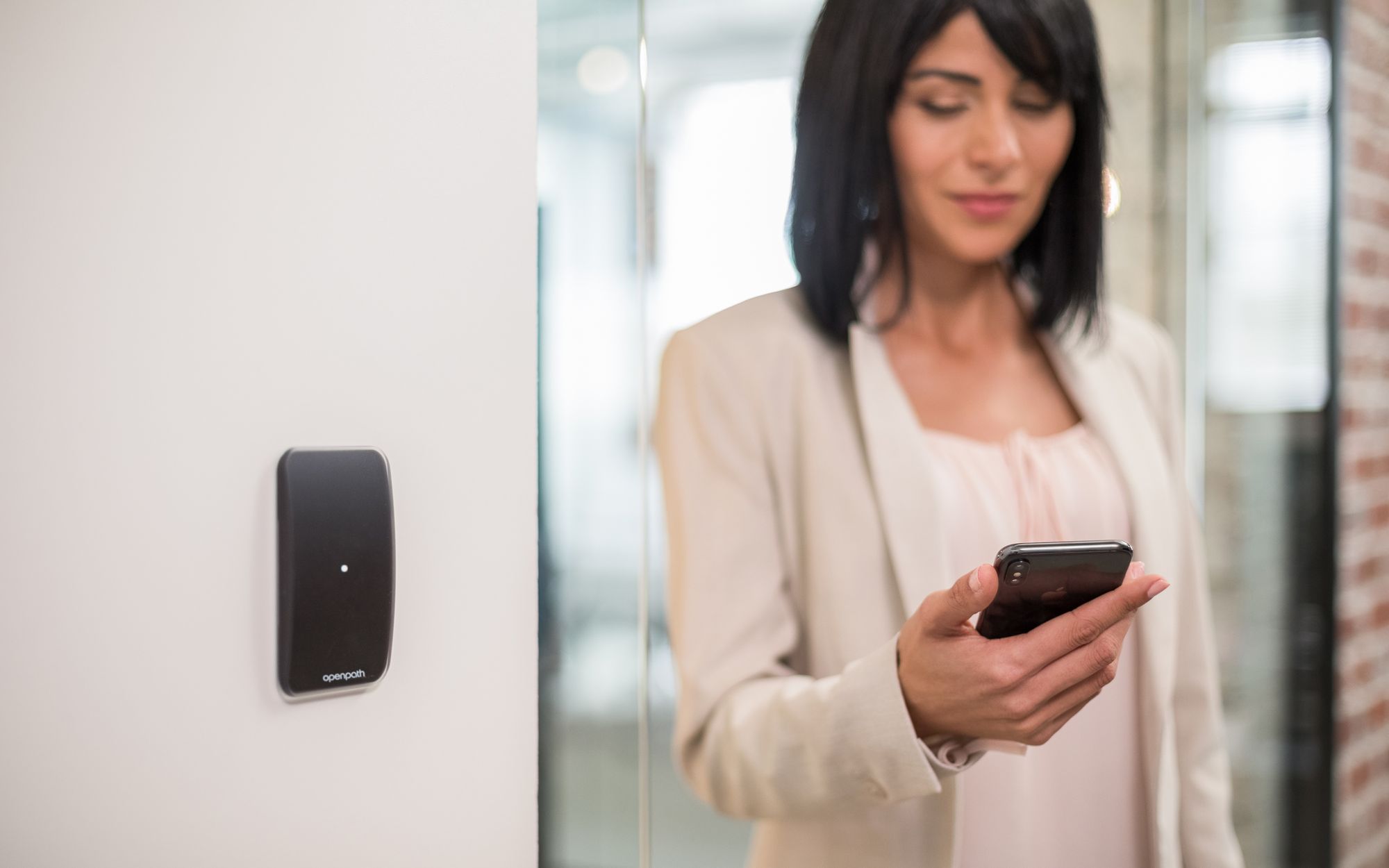Corporations are rightfully worried that their data and their customer’s data is going to be stolen. Consumer data breaches have become a fixture in the news with companies including Equifax, Facebook and Yahoo! all falling victim to hacks. These breaches represent a major area of vulnerability for essentially every company. However, cyber attacks are not the only way for sensitive company data to be accessed by nefarious hackers. Businesses are overlooking the risk of data loss as a result of compromised physical access to the workplace.
The days when IT departments worried exclusively about cybersecurity, and when building managers only worried about general security, are far behind us. Tasked with ensuring the overall safety of an office space, administrators and tenants want to know who has access to data facilities, the locations where that data resides, and whether an outsider is improperly accessing data.
How we work and where we work is changing, more office workers are moving between buildings and working in flexible spaces. The modern workplace needs an access control system to address the rapidly changing access needs of a business while also securing data access and life safety. In other words, it’s now about making sure that people can physically and digitally access areas and data when they need it for legitimate reasons.
Traditional access control systems such as metal keys or even security card readers simply don’t provide the intelligence nor flexibility modern workplaces require. The best way to provide this flexibility is by installing a system that integrates a physical building’s security and access needs with the software systems that tenants and landlords use to manage their buildings and businesses. Offices need to remove the barriers that keep systems from talking to one another; doing so enables door security systems to talk to all the other systems in an office.
The development of the Internet of Things (IoT) is crucial in enabling communication between different building systems. Companies have started to upgrade their access control systems from legacy key or card access to mobile phone-based credentials using cloud-based software. With these new systems, physical access to all parts of the building is controlled by real-time knowledge of what work a person is doing and what their specific role is.
Smartphones are an intrinsic part of our office life and should be used for more than just sending emails. With the prevalence of the IoT, smartphones can become the bridge between IT and management to provide life safety and data security to the modern office. Incorporating mobile and IoT into a modern access control system streamlines and enhances your security posture while making it more customized and easy to manage.
Access control that use mobile and IoT technology also has the capability of improving workplace efficiency while keeping a focus on data security and life safety. The power of the smart phone enables the phone to act as the key, letting tenants unlock doors with their smartphone. Mobile credentials on everyone’s phones make it easier for employees to move about a space and makes it safer. The connected nature of the technology also enables managers to seamlessly control and monitor their office remotely; for instance, cloud capabilities allow managers to send guest passes or unlock doors from anywhere.
Mobile technology allows for even further personalization; with a phone, tenants can personalize access and be sure that the person using the credential to unlock the door is the right person (not someone who found a keycard on the ground). The phone has this technology built right in so with a swipe of a hand or entry of a personal code, tenants can ensure a known user is using a known device to enter the building.
Further, the reliability of the mobile device has improved dramatically as the smartphones can now use multiple methods such as Bluetooth, Wi-Fi and Cellular to connect to the systems. These technologies ensure quick entry, increased safety and offline reliability—meaning the phone unlocks the door every time and not just some of the time. By eliminating the vulnerability exposed by easily lost, stolen, or duplicated key cards and enabling users to use smartphones as their new office key, building managers can more easily ensure tenants have proper access to appropriate data and physical spaces.
We live in a hyper-connected world and modern tenants expect their buildings and offices to keep up with the demands of this changing environment. The working relationship between access control and IT is more important than ever. It’s up to building managers to leverage the latest in technology so that companies are secured virtually and physically.







